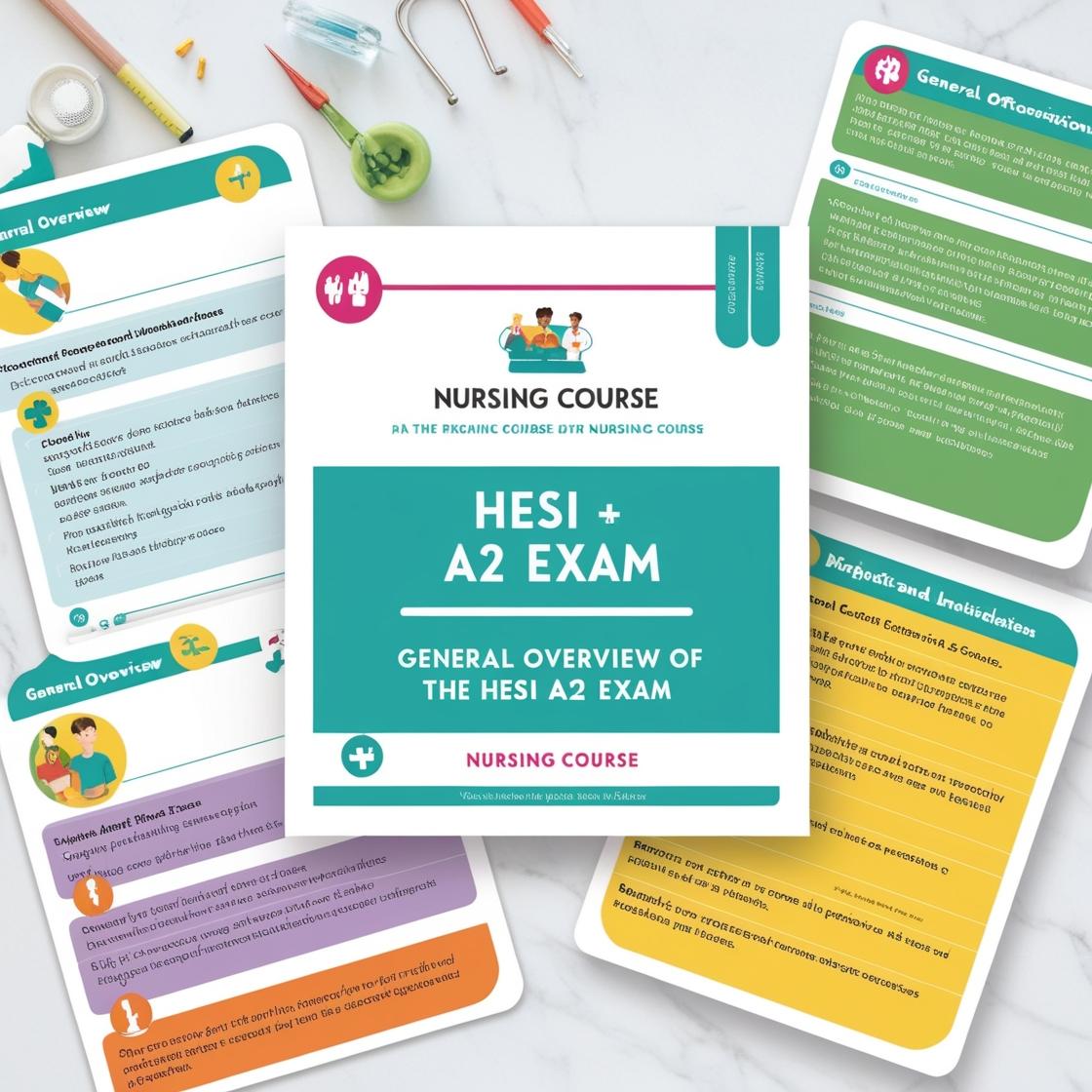HESI A2
HESI A2 Chemistry Practice Questions
1. Which element has an atomic mass greater than that of sodium?
- A. Boron
- B. Oxygen
- C. Fluorine
- D. Silicon
Correct answer: D
Rationale: Silicon has an atomic mass greater than that of sodium. The atomic mass of silicon is approximately 28.0855 u, whereas the atomic mass of sodium is approximately 22.9898 u. Therefore, silicon has a greater atomic mass compared to sodium. Boron, Oxygen, and Fluorine have atomic masses lower than sodium, making them incorrect choices in this context.
2. Which statement is true of a saturated solution?
- A. It has more solute than can dissolve in the solvent.
- B. It has less solute that can dissolve in the solvent.
- C. It has the maximum concentration of the solute dissolved in the solvent.
- D. It contains a precipitate that lowers the concentration of the solute in the solvent.
Correct answer: C
Rationale: A saturated solution contains the maximum concentration of solute that can be dissolved in a specific amount of solvent at a particular temperature. Once a solution is saturated, adding more solute will not increase its concentration since the excess solute will not dissolve and will instead form a precipitate, indicating that the solution is at its maximum capacity. Choices A, B, and D are incorrect because a saturated solution has reached its limit in dissolving solute, so it cannot contain more solute than it can dissolve (choice A), less solute than it can dissolve (choice B), or a precipitate that lowers the concentration of the solute in the solvent (choice D).
3. What is the correct electron configuration for nitrogen?
- A. 1s² 2s²
- B. 1s² 2s² 2p²
- C. 1s² 2s² 2p³
- D. 1s² 2s² 2p⁴
Correct answer: C
Rationale: The electron configuration of nitrogen is determined by its atomic number, which is 7. Nitrogen has 7 electrons. Following the order of filling orbitals, the electron configuration for nitrogen is 1s² 2s² 2p³. This means the first energy level is filled with 2 electrons in the 1s orbital, the second energy level is filled with 2 electrons in the 2s orbital, and 3 electrons in the 2p orbital. Each orbital can hold a specific number of electrons, and nitrogen, with its 7 electrons, fits this configuration. Choice A is incorrect because it does not account for all the electrons in the nitrogen atom. Choice B is incorrect as it only represents 6 electrons, not the 7 electrons in nitrogen. Choice D is incorrect as it represents 8 electrons, which is not the correct electron configuration for nitrogen.
4. On the periodic table, families of elements with similar properties appear in the same _________.
- A. row
- B. principal energy level
- C. period
- D. column
Correct answer: D
Rationale: Families of elements with similar properties appear in the same column on the periodic table. Columns are also known as groups, and elements within the same group have similar chemical and physical properties due to their identical number of valence electrons. Therefore, the correct answer is 'column.' Choice A, 'row,' is incorrect because rows on the periodic table are called periods, not families or groups of elements. Choice B, 'principal energy level,' is incorrect as it refers to the energy levels of electrons around the nucleus of an atom, not the arrangement of elements with similar properties on the periodic table. Choice C, 'period,' is incorrect as periods represent horizontal rows on the periodic table, where elements do not necessarily have similar properties compared to elements in the same column.
5. What is the net charge of an ionic compound?
- A. 0
- B. -1
- C. +1
- D. Variable
Correct answer: A
Rationale: The correct answer is A: 0. Ionic compounds have a net charge of 0 because they are formed by the combination of positively charged ions (cations) and negatively charged ions (anions) in a way that neutralizes their charges. This balanced combination results in an electrically neutral compound. Therefore, the net charge of an ionic compound is typically 0. Choices B, C, and D are incorrect because ionic compounds are designed to have a total neutral charge, with the positive charges balancing out the negative charges.
Similar Questions

Access More Features
HESI A2 Basic
$99/ 30 days
- 3,000 Questions with answers
- 30 days access @ $99
HESI A2 Premium
$149.99/ 90 days
- Actual HESI A 2 Questions
- 3,000 questions with answers
- 90 days access @ $149.99
